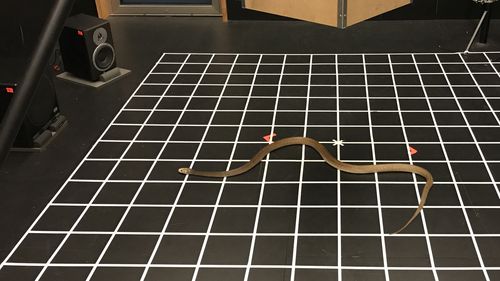In busts a widely held myth that snakes are deaf, Dr Christina Zdenek, from the School of Biological Sciences said.

”Because snakes don’t have external ears, people typically think they’re deaf and can only feel vibrations through the ground and into their bodies,” Zdenek said.
“But our research – the first of its kind using non-anesthetised, freely moving snakes – found they do react to soundwaves travelling through the air, and possibly human voices.”
Researchers played three different sound frequencies to 19 snakes, representing five genetic families of reptile, one at a time, and watched the animals’ reactions.

“We played one sound which produced ground vibrations, while the other two were airborne only,” Zdenek said.
“It meant we were able to test both types of ‘hearing’ – tactile hearing through the snakes’ belly scales and airborne through their internal ear.
Zdenek added the reactions varied per snake genus.
Read Related Also: Global breakthrough treating childhood cancer with AI
“Only the woman python tended to move toward sound, while taipans, brown snakes and especially death adders were all more likely to move away from it.
“The types of behavioural reactions also differed, with taipans, in particular, more likely to exhibit defensive and cautious responses to sound.”

There’s a big, deadly snake hidden in this photo
Based on the observations Zdenek said “sound may be an important part of a snake’s sensory repertoire”.
“Snakes are very vulnerable, timid creatures that hide most of the time, and we still have so much to learn about them,” she said.
“We know very little about how most snake species navigate situations and landscapes around the world.”






